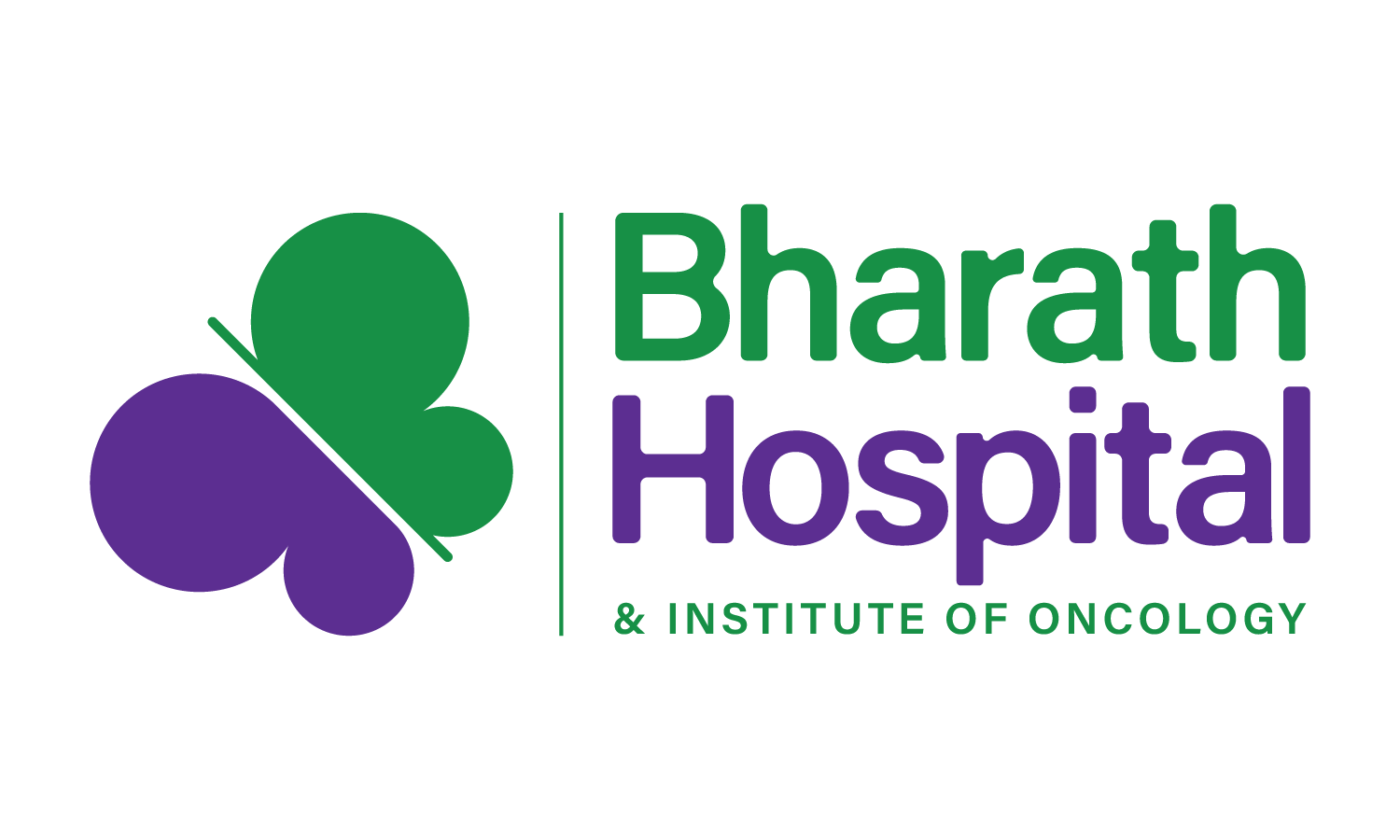Overview
Retinoblastoma is a cancer of the retina, which occurs in the light-sensitive tissues in the eye. It is common among children and happens to be the most common malignant tumor of the eye. There are three types of retinoblastoma:
Unilateral retinoblastoma
Bilateral retinoblastoma; and
PNET (primitive neuroectodermal tumors).
While Unilateral retinoblastoma affects one eye and accounts for 60% to 75% of cases, bilateral retinoblastoma affects both eyes and is mostly hereditary. Patients with bilateral retinoblastoma are typically diagnosed at an earlier age than those with the unilateral form. PNET retinoblastoma occurs when an associated tumour occurs in primitive nerve cells of the brain. This form of the disease occurs only in children with hereditary retinoblastoma, also known as trilateral retinoblastoma
Symptoms
Retinoblastoma is a very rare condition. It is always recommended to talk to your doctor to rule out the chances in case you experience any of the below:
Problems with eye movement, such as crossed eyes (strabismus)
Decreased vision in one eye
Eye pain
A larger-than-normal eyeball
Lazy eye
Redness in the eye
Causes
Retinoblastoma is a type of cancer which starts in the retina of the eye and is the most common eye cancer amongst children. It is usually caused due to mutation of certain genes, occurring in children in the two to five age group. 25% to 40% of all retinoblastomas are hereditary. Although usually inherited from a parent, it can also be a new mutation that started with the said patient. In both cases, this form of the disease can be passed down to the next generation.
Diagnosis
Funduscopic eye exam: The patient is anesthetized and the pupils dilated, so that the retina can be examined.
Ultrasound of the eye
Magnetic resonance imaging (MRI) scan
Blood tests
DNA and/or genetic testing
If there is family history of retinoblastoma, regular exams should be conducted for young children to see if any tumors have formed. It is also possible to arrive at a diagnosis before any symptoms begin to appear. The earlier the diagnosis, the better the chances of success of treatment are.
Treatment
The common treatments for Retinoblastoma include chemotherapy, radiation, and surgery.




